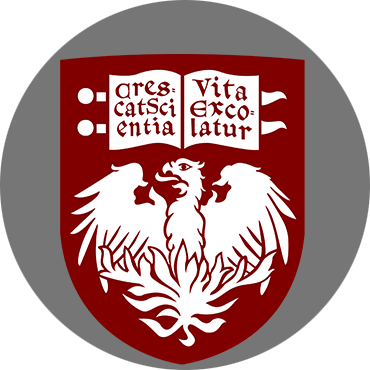Advanced Assistant, Associate, or Full Professor of African American & African Studies
The property
Open-Rank Professor
(Advanced Assistant Professor or Tenured Associate/Full Professor)
African American & African Studies
Link for the complete job posting: https://hr.myu.umn.edu/jobs/ext/357115
The Department of African American & African Studies (AA&AS) at the University of Minnesota, Twin Cities, invites applications for a full-time, open rank position (tenure-track advanced assistant, tenured associate, or tenured full professor) in African American & African Studies to begin as soon as August 26, 2024. We seek an interdisciplinary scholar whose research engages with major themes of African American Studies from a national, regional, global and/or transnational perspective.
The appointment will be 100% time over the nine-month academic year (late-August to late-May) at the rank of tenure-track assistant professor, tenured associate professor or tenured professor, depending on qualifications and experience, and consistent with collegiate and University policy.
The preferred candidate would have a distinguished record of interdisciplinary training, accomplishment, and/or engagement in the field of African American Studies. While the areas of expertise are open, we are particularly interested in candidates whose research engages with Black transnational studies; Black digital studies (exploring the connection between digital inequality, technology, race, and data science); Black music; Black disability studies; comparative race, ethnicity, indigeneity, and gender studies; social movements; racial capitalism; carcerality; health and inequality; or law and public policy.
No Comments
Listing Location
More from this employer
Assistant Professor of Indigenous Environmental Studies
Associate/Full Professor of Human Geography
Related listings




















Sorry, the comment form is closed at this time.